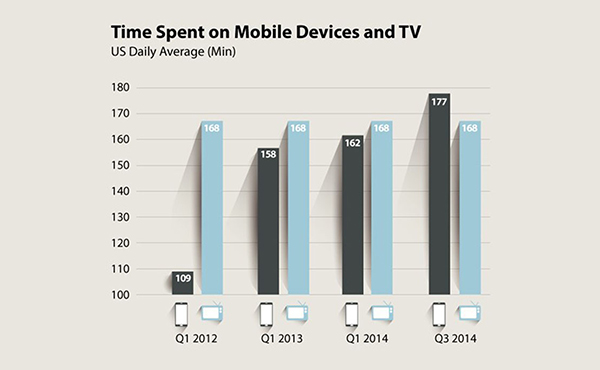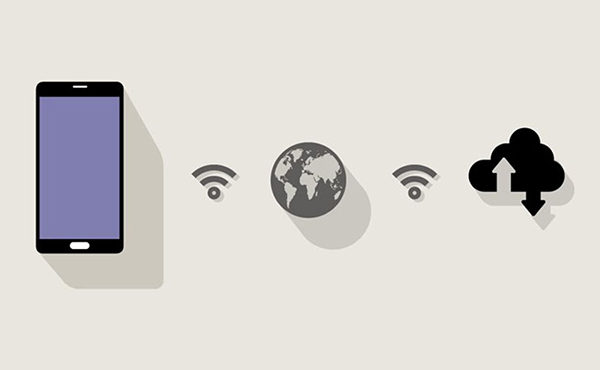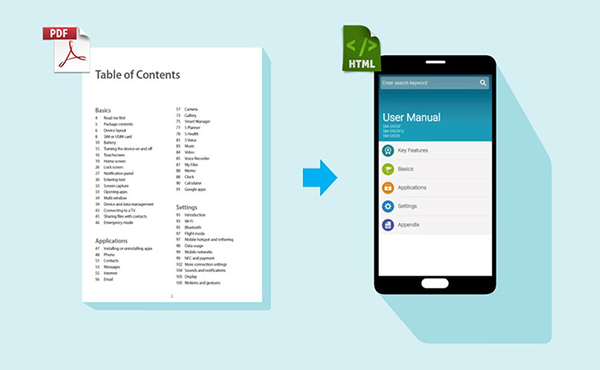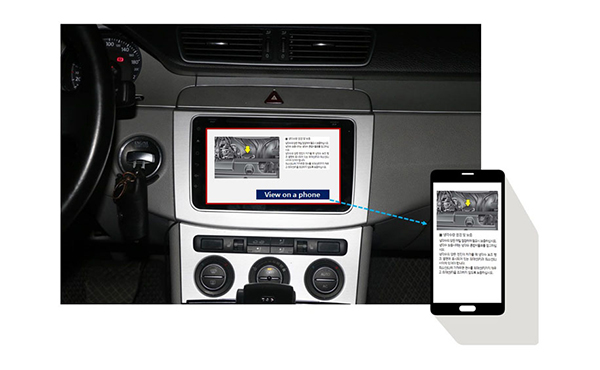

Technical Translation


We are now living in the mobile era, with recent research revealing that there are now over 2.6 billion smartphone users worldwide. As a leading developer of user manuals, we are well-placed to analyze the features of user manuals in the mobile era, and look at what makes the perfect user manual based on our own experience. We will also predict the evolution of user manuals in the future.

The picture on the left shows the subway in New York in 2005, while the picture on the right shows subway passengers in Hong Kong in 2012. As you can see, just 10 years ago the majority of people passed the time by reading print media such as books and newspapers. Now, following the rapid emergence of smartphones, there has been a complete change in the way we access information. The paper media has been replaced with smartphones in Hong Kong, a scene that is now replicated around the world.

The above graph shows that consumers are now spending more time on their phones than watching TV,, meaning that we can no longer call TV a leading information delivery platform. When we talk about the “n-screen” age, TVs and PCs are referred to as “first screen” devices, while mobile devices are known as “second screen” devices. Perhaps now is the time for the two to switch places.
When compared to previous standards, everyone in the mobile era now has a PC in their pocket. Modern mobile devices are much smaller than older PCs but provide similar performance levels and even more functions. For example, PCs in the past did not have a camera or GPS technology.
Mobile devices also offer more privacy than TVs or PCs, as mobile users don’t have to share the screen with family members at fixed locations. They also serve as input devices operated by intuitive finger movements, as well as output devices.
Another important feature of mobile devices is that they are constantly connected to the Internet, allowing users to access information anywhere in the world whenever they want.

Consumers are now accustomed to using their smartphone to look up any information, which means that user manuals need to be available on mobile devices. This requires two prerequisites – one is that the user manual is available online and accessible anytime, and the other is that the content is optimized for mobile devices. It is undoubtedly the latter point which is causing the most problems for manufacturers.
Most manufacturers have to provide user manuals in a traditional format, such as a PDF file, in order to comply with local regulations. However, a PDF file is not suitable for limited screen sizes so it is necessary to develop content tailored for mobile devices. Many companies decide against doing this, however, as it costs almost as much as producing a new user manual.
To resolve this issue, we have developed a program that converts the source data optimized for the existing PDF format into the mobile-friendly HTML format with just one click. It not only optimizes the font and layout for smaller screens, but also integrates the table of contents into the menu while keeping the hierarchical structure. This ensures that the manual appears to have been developed for the mobile environment from the outset.

Recently, the Internet of Things (IoT) has emerged as one of the leading technological innovations . The IoT connects a variety of devices to a network so that they can exchange information. So how will the IoT affect the development of user manuals?
Let’s say that your car has an overheated engine and the temperature gauge on the dashboard skyrockets. You may not notice the problem, and even if you do, you may not know how to deal with it. It’s at this point that the user manual comes in, but there can still be problems. Some of us may have the manual in the glove compartment, but some may not. Also, it can be difficult to find the relevant information quickly due to the size of a typical car user manual.

What if the car automatically identifies the situation and displays the exact information you need on the in-car screen with relevant warnings? As the car is connected to the Internet, the driver is able to access the latest version of the user manual. If needed, video clips on how to deal with the situation may also be streamed on the in-car screen.
Of course, in order to fix the majority of problems you have to get out of the vehicle and check the engine, meaning you can’t refer to the in-car display for information. In these cases, it can still be possible to access the user manual on a smartphone. This will allow the driver to conduct some simple maintenance while reading the guide on their phone.

The proliferation and advancement of mobile devices in recent years has led to them replacing PCs and TVs as the leading information platform. With such rapid technological changes, it is easy to get left behind if you do not develop appropriate strategies and make suitable preparations for the future . We have led the mobilization of user manuals thanks to our deep understanding of the industry and our consistent efforts to keep pace with change. We are now making our preparations for the future of user manuals. Have you ever wondered what the future will hold for user manuals?
Hansem Global is an ISO Certified and globally recognized language service provider. Since 1990, Hansem Global has been a leading language service company in Asia and helping the world’s top companies to excel in the global marketplace. Thanks to the local production centers in Asia along with a solid global language network, Hansem Global offers a full list of major languages in the world. Contact us for your language needs!
 Transforming B2C Sales Training with Gamification
04.14.2024
Transforming B2C Sales Training with Gamification
04.14.2024
 The Impact of Localization on Salesforce’s Success with Hansem Global
04.07.2024
The Impact of Localization on Salesforce’s Success with Hansem Global
04.07.2024
 Mastering Right-to-Left (RTL) Language Localization: Avoid the Top 5 Desktop Publishing (DTP) Mistakes for Global Success
04.03.2024
Mastering Right-to-Left (RTL) Language Localization: Avoid the Top 5 Desktop Publishing (DTP) Mistakes for Global Success
04.03.2024